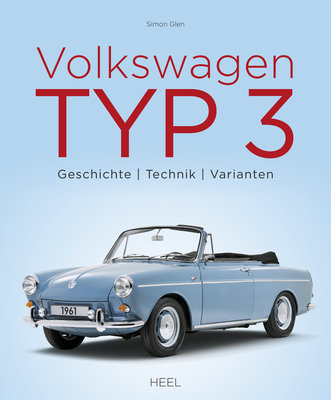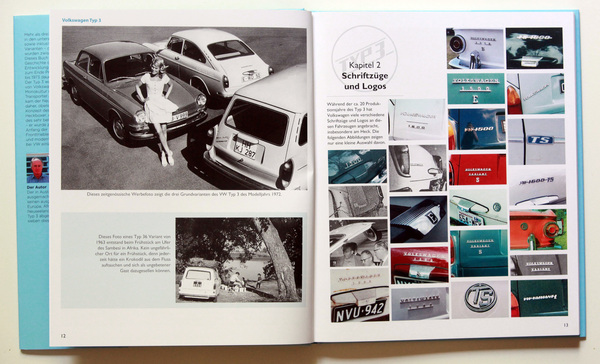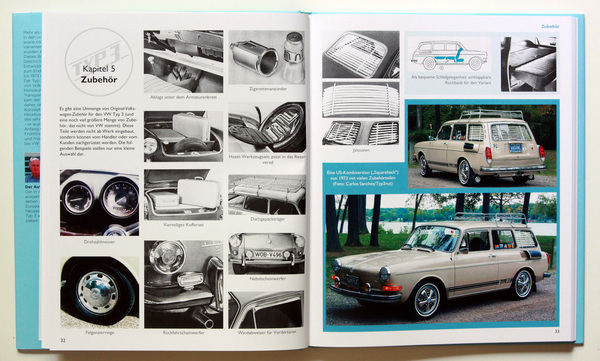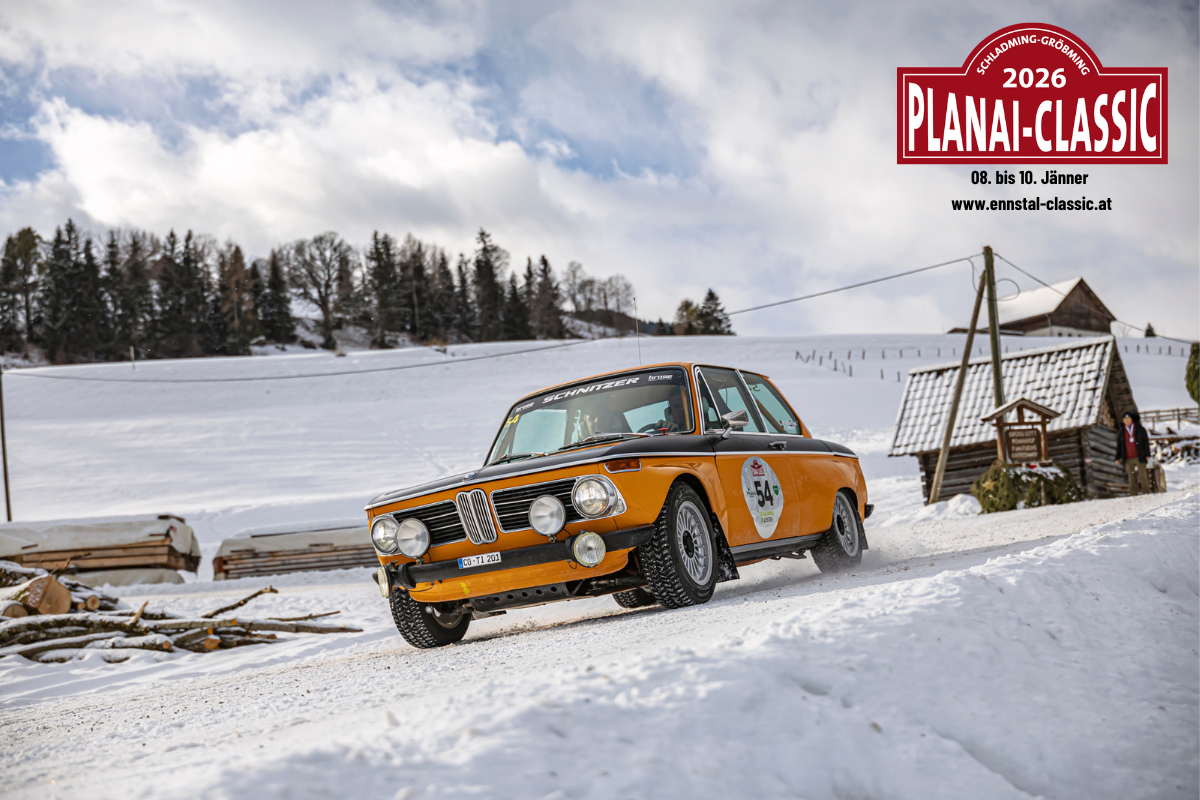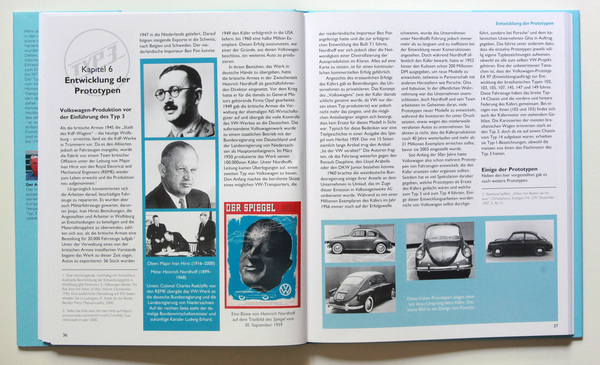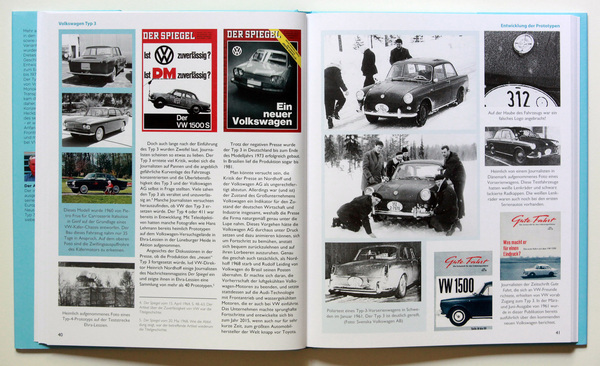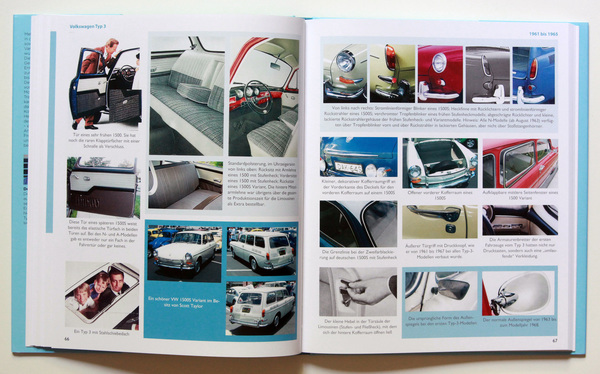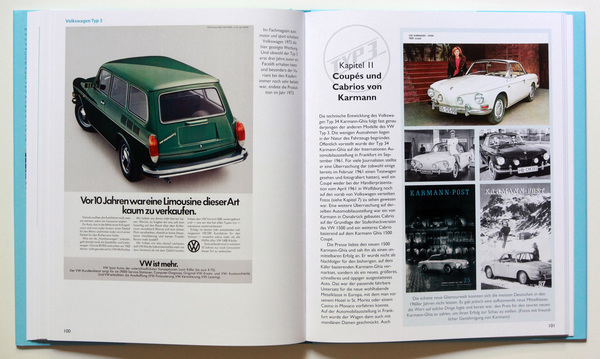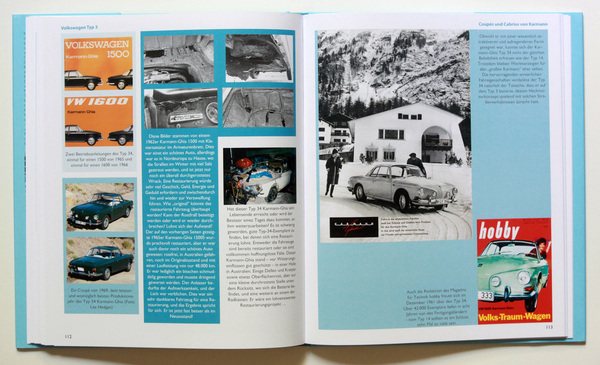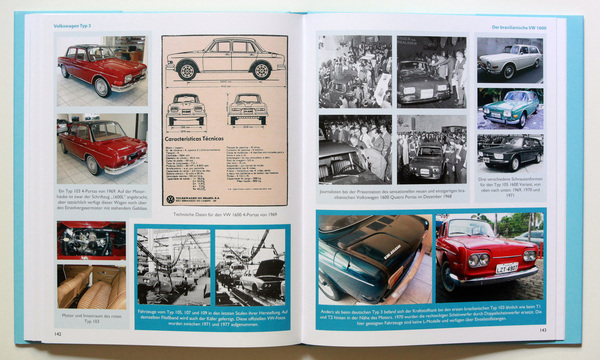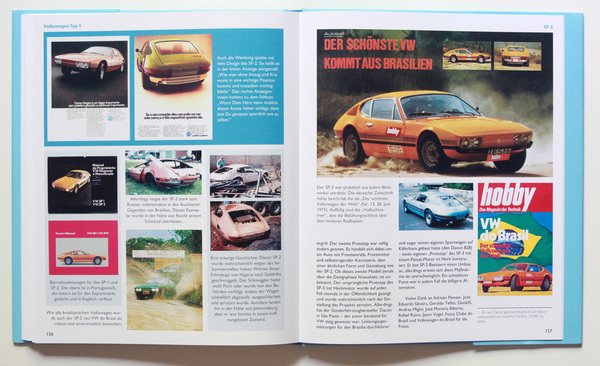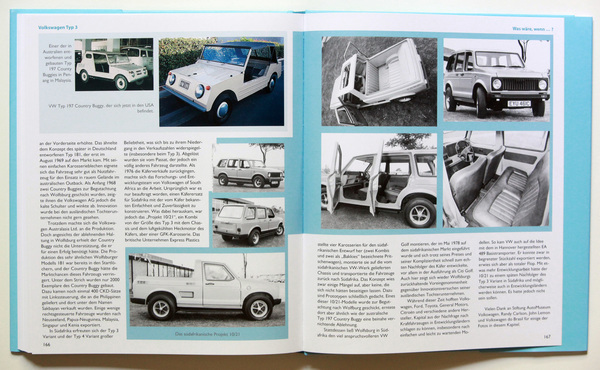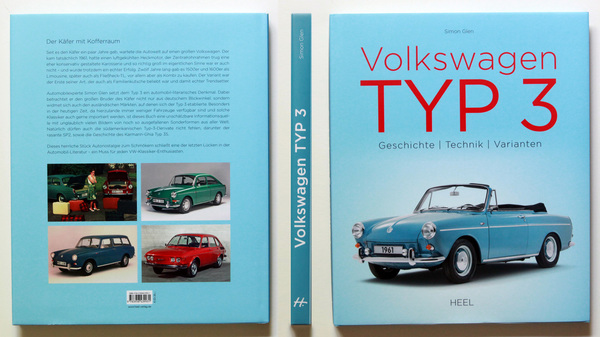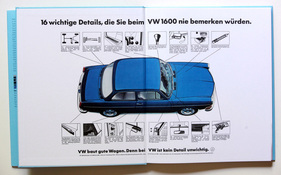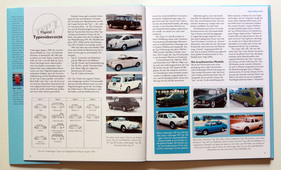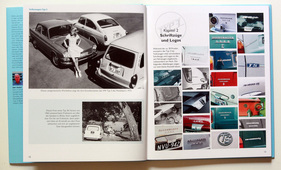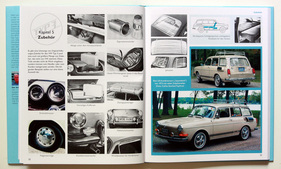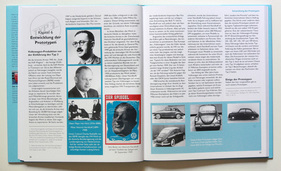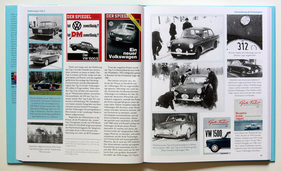Criticism of Volkswagen and its long-standing CEO Nordhoff was resounding. In the sixties, Renault, Peugeot, Fiat and also Austin/Morris launched modern car concepts, next to which the Beetle seemed antiquated and outdated. It didn't help that VW already had a long-awaited larger Volkswagen ready for series production in 1961 with the Type 3. Air cooling, two luggage compartments, that didn't fit in with the modern world view. Yet the Type 3 certainly had character traits that made it a trendsetter.
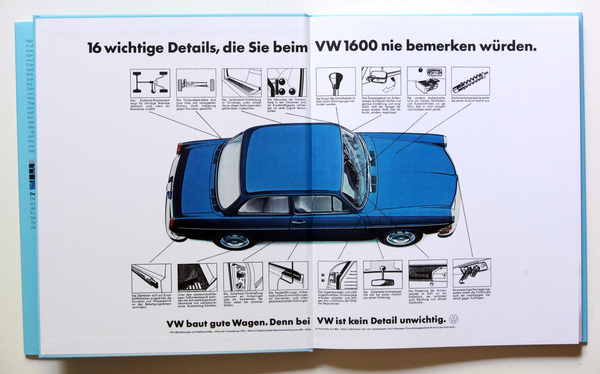
With the book "Volkswagen Type 3: History, Technology, Variants", Simon Glen has dedicated a worthy treatise to the Beetle brother.
It runs and runs
For decades, the terms innovation and Volkswagen did not go together. The company and its models were characterized by consistency and reliability. The KdF-Wagen, which had already been developed in the 1930s, began its triumphal march after 1945 and was built in Germany until 1978 - in Mexico even until 2003.
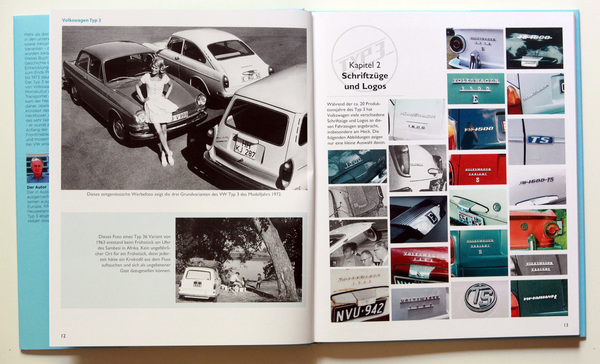
VW had already been working on successors, model variants and product enhancements since the early 1950s. Numerous studies and prototypes by Porsche or Ghia, Pininfarina etc. seemed creative and innovative - but not lucrative.
And so basically no design made it into series production until 1961, when the Type 3 - initially as a saloon and estate - later also went into series production as a hatchback. This was followed by twelve successful years as the 1500 and 1600 and in countless variants and derivatives all over the world, until the VW Passat replaced the Type 3.
It is the book on the Type 3
With his book, automotive expert Simon Glen pays tribute to the Type 3. On over 160 pages, he traces the history of the big Beetle brother in 19 chapters, from the first development approaches at VW in the early 1950s to the detailed branching out of the widely publicized family branch.

In particular, the VW Brasilia - similar to the Type 3, but unlike the Type 3 based on the Beetle - is repeatedly presented in this book with cross-references.
With different eyes
The author, who lives in Australia, does not look at the Type 3 purely from a German perspective, but also devotes particular attention to the foreign markets in which the Type 3 established itself.
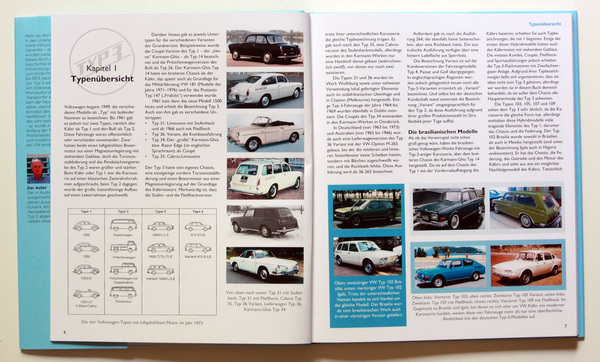
With more than three million Type 3s built, the Type 3 is considered a successful VW model for its time, which was not only popular as a family car, but can also be considered a trendsetter.
Type 3 as a Variant, a trendsetter
In an advertisement for the Type 3 Variant, the headline poses the hypothetical question of whether all saloons might look like this in a few years' time. Today we know that every estate car has shed its craftsman's image and stands for zeitgeist and modern mobility. "The future has begun for the Variant", ends the tribute in the advertisement; for VW, it was almost over with the Type 3. This was because the modern vehicle concept failed in the long term due to VW's basic design. Only the rigorous rejection of the air-cooled rear engine in favor of a modern design with a water-cooled front engine and front-wheel drive put the company back on the road to success. A few years after Renault (R 16), Fiat (128) and Alfa (Alfasud), for example, had initiated this trend and enjoyed success. Nevertheless, the Type 3 was a successful model in its decade, especially in the Anglo-Saxon countries, where it could be sure of a loyal customer base.
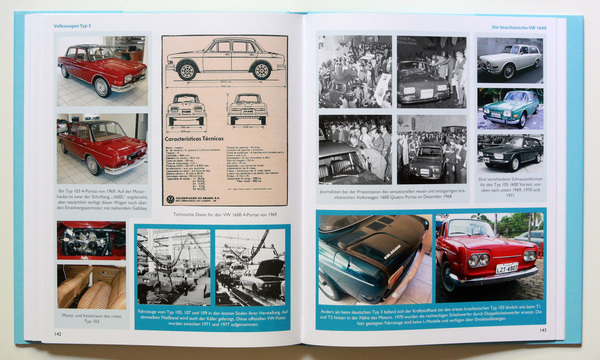
And as the Brasilia, it even opened up an entire model generation in South America, which differed more and more from the German products and were tailored to the needs of the local market. In any case, one question has been answered: VW can no longer do without variant models in its model range.
A complete book
Given this complex history, it is all the more pleasing that the author succeeds in uncovering many unknown and new things and conveying the relevant connections in a well-structured book layout. The extensive knowledge of the Type 3 enthusiast, who owns seven vehicles himself, helps here. The result is a comprehensive treatment of the model history, coupled with comprehensive overviews of equipment details, country specifications and model evolutions. And for the most part, the author breaks this down into model years as well as the countless variants resulting from equipment or export versions.
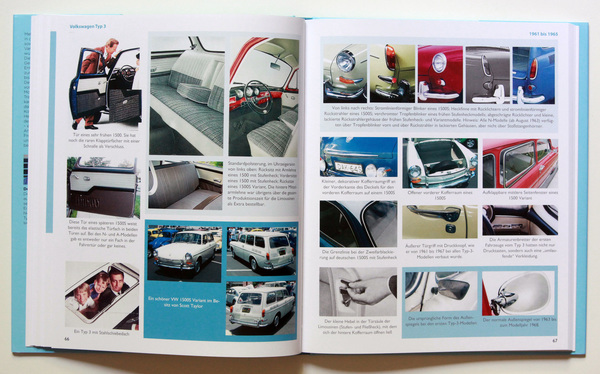
Whether displacement, horsepower, bumpers, window cranks, upholstery fabrics, spare parts situations, the references are always across the model range or the sales markets: the reader will find what they are looking for here. This well-written book is therefore not only aimed at fans of the Type 3, but at anyone who wants to learn more about the history of Volkswagen.
The book surprises again and again with its wealth of information in words, pictures and tables. The book appears to be indispensable for a restoration in the workshop. It should also be noted that, in addition to the VW Brasilia, the large Karmann or the Karmann models from Brazil have also found a place in this book.

The VW SP1 and 2 are also included. The density with which this book covers a broad model history in numerous facets is impressive. At EUR 35, this book - just like the Type 3 - is well worth the money in view of its content, even if the countless photos are sometimes very small due to the limited size.
Bibliographical information
- Title: VW Type 3: History; Technology, Variants
- Author: Simon Glen
- Language: German
- Publisher: Heel Verlag
- Edition: 1st edition March 2020
- Format: Hardcover, 245 x 290 mm
- Scope: 170 pages, countless photos, tables and illustrations
- Price: EUR 35.00
- ISBN: 978-3-958-43993-1
- Buy/order: Online at amazon.de, online at Heel Verlag or in a good bookstore

